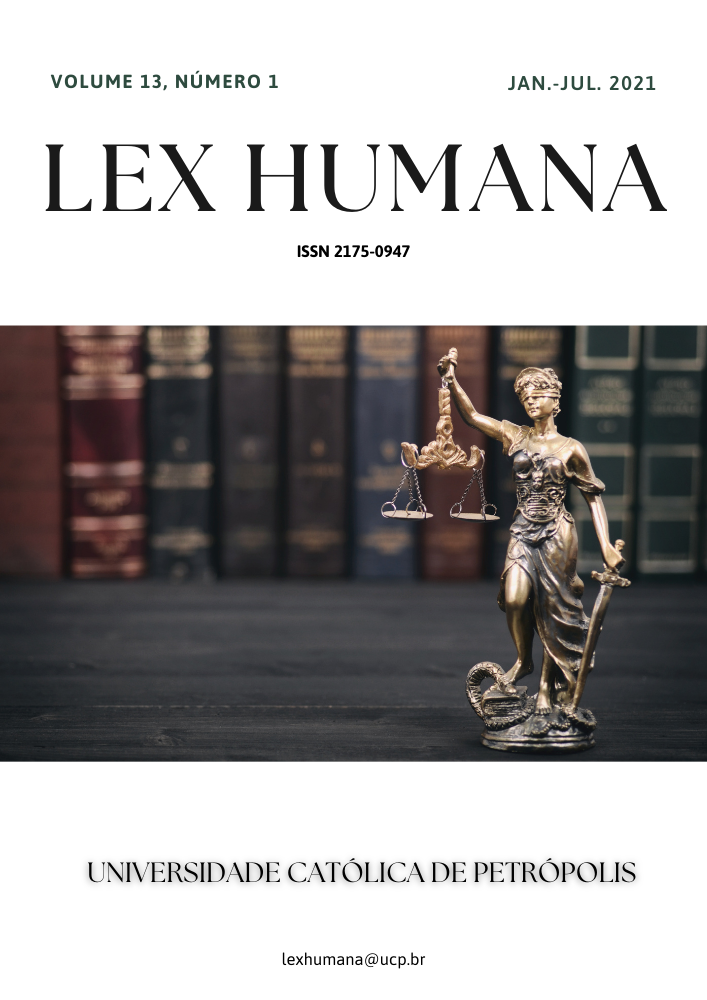Abstract
The present study delves into the ideas proposed by Sayyid Jamāl ad-Dīn Asadābādī about social changes. To understand the notion of change in his philosophy, one must first inquire into what constituted a problem in society in Asadābādī’s opinion and what certain disorders and deficiencies he attempted to address. The crises he intended to identify, scrutinize, and address had cultural, political, and social manifestations in his opinion.
This paper aims to examine the idea of Islamic unity and the achievements made or the failure faced by this idea as reflected in Asadābādī’s thoughts. It takes an analytical approach to studying this subject by drawing on authentic resources.
Methodology: Within a conceptual framework, this study adopts an analytical-descriptive approach toward the research objective while focusing on relevant evidence. For this purpose, in addition to the concept of Islamic unity, a conceptual discussion is also presented on success and failure of this idea along a targeted analytical review of literature on this approach.
Findings: Historical background and history of Islamic unity within the Islamic World.
Conclusion: Different theories have been put forward on the decline and collapse of the theory of Islamic unity. The present essay looks into the ideas proposed by Asadābādī’s to identify internal and external forces involved in the decline of Islamic societies.

This work is licensed under a Creative Commons Attribution-NonCommercial-NoDerivatives 4.0 International License.
Copyright (c) 2021 Lex Humana (ISSN 2175-0947)
